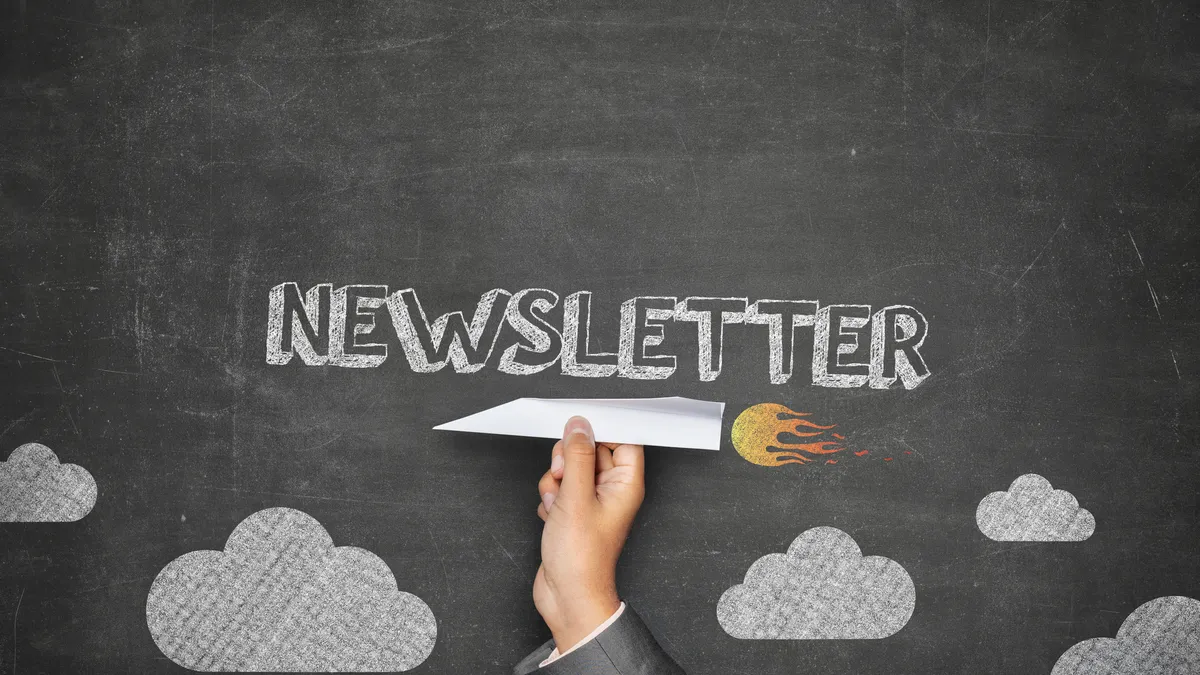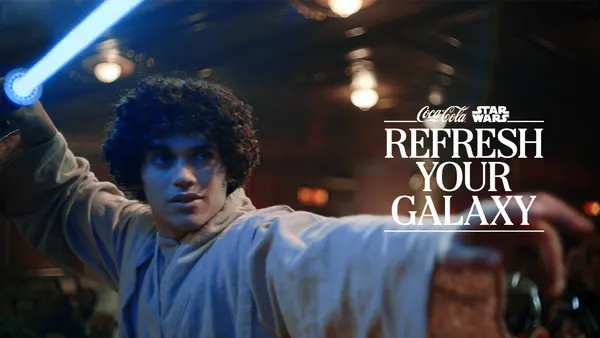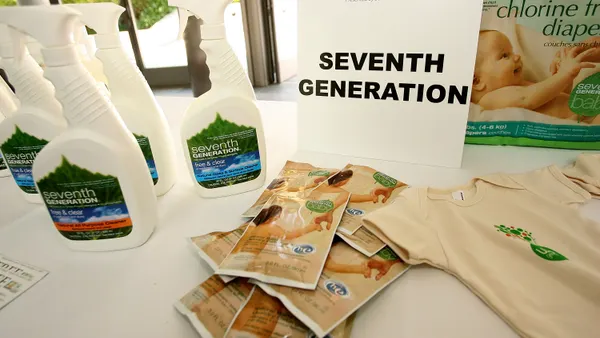Ever looked into running newsletter sponsorships? If not, you may be missing out on valuable marketing opportunities.
Although targeted advertising has been around since at least 1995, it’s made significant advancements in recent years. Through web cookies, marketers can access more than just age and geography. They can also see behavioral data such as what products a user purchased or which websites they visited.
However, many consumers have expressed frustration with targeted advertisements and taken action to avoid them. According to Insider Intelligence's eMarketer, 1 in 4 consumers used ad blockers in 2021. Similarly, a 2021 report by Security.org stated that 41% of US adults use virtual private networks (VPNs) for work and leisure. As privacy tools gain popularity, advertisers are having a harder time reaching their target audiences.
That's where newsletter sponsorships come in.
Newsletter sponsorships are the savvy marketer's secret to tailored messages to specific audiences without violating data privacy or coming across as “too targeted.”
What are newsletter sponsorships?
A newsletter sponsorship is a paid advertisement placed inside an email newsletter. Compared to other advertising channels like websites or social media platforms, these placements tend to reach more engaged audiences while facing a fraction of the competition.
Why newsletter sponsorships are taking over the advertising industry
Newsletter sponsorships are gaining traction across a range of companies, from small ecommerce businesses to billion dollar tech corporations. Brands who have adopted this advertising medium find it indispensable due to a few key trends and advantages.
Over 40 years later and newsletters are still growing
Email newsletters have been around nearly as long as email itself. The first newsletter, Electronic Mail and Message Systems, ran from 1977 to 2001. Since then, newsletters have continued as a powerful education and marketing tool.
In the last couple of years, newsletters have seen a surge in popularity. According to a LiveIntent survey from July 2020, 53% of publishers saw an increase in engagement with their email newsletters following the start of the Covid-19 pandemic.
This isn't just some lockdown fad– if industry leading business decisions mean anything, newsletters will likely see continued growth in the future. In late 2020, Insider Inc. completed an acquisition of Morning Brew, valuing the newsletter at around $75 million. Shortly later, in February 2021, The Hustle announced that it was being acquired by the marketing and sales platform HubSpot.
The unique advantages of email newsletters, including direct reach and personal messaging, have made them a top choice for marketers.
Customers are getting more serious about privacy
Although many advertising channels enable marketers to run increasingly targeted ads, this technology has undergone increasing scrutiny. Consumers and governments alike have aired complaints about targeted advertising. The issues range from concerns over user privacy to negative effects on mental health.
Google has already announced plans to phase out third-party cookies, a change that would dramatically limit advertisers' access to data.
Fortunately for marketers, newsletter sponsorships allow advertisers to target audiences without infringing on privacy guidelines.
On the Paved platform, many publishers run interest-focused newsletters. This makes it easier for advertisers to find their target audiences using minimal data. For instance, if you're advertising your dog-sitting business, you don't have to put together a list of everyone who recently booked an appointment with a kennel. Instead, you can partner with a dog-owner newsletter to access a whole list of puppy enthusiasts.
Of course, the Paved marketplace also encourages newsletters to include demographic data, such as age distribution, gender, industry, job title and average household income. However, this information is much less invasive, and many subscribers are willing to share it on their own in exchange for more personalized content.
Because the newsletter sponsorship model doesn't hinge on in-depth tracking data, it's a promising investment into the future of advertising.
Email beats other advertising channels in engagement and ROI
Similar to other types of sponsorships, many advertisers favor newsletter sponsorships due to their native integration and qualified audiences.
Email as a marketing platform has continuously outperformed other channels. In fact, research has shown that email marketing is more likely to drive sales than social media marketing. Some studies have even found an average return of $36 for every $1 spent on email.
How to get ahead with newsletter sponsorships
Sold on newsletter sponsorships? Get started the easy way– sign up as an advertiser with Paved. When you create an account, you'll receive access to an exclusive marketplace, a one-stop publisher communication tool, and automatic performance tracking on every campaign you run.










